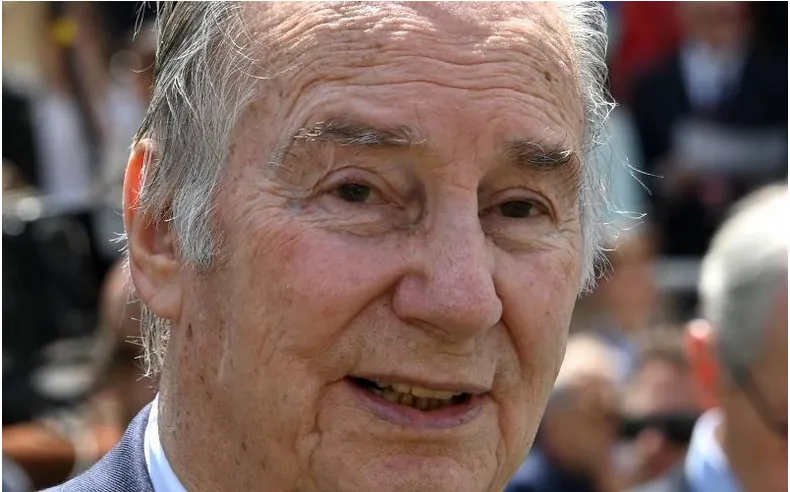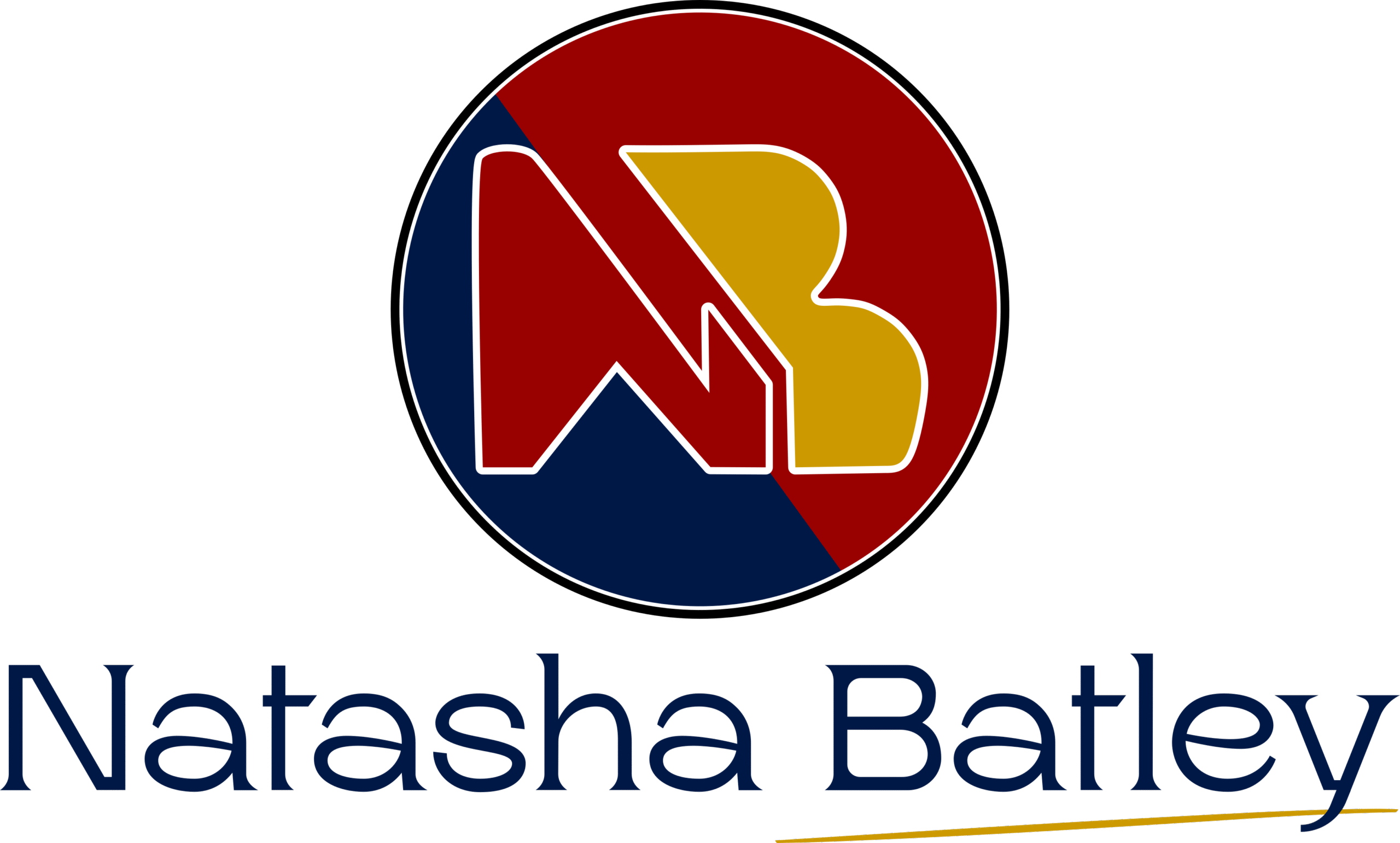Once upon a time, in a world where the size of one’s philanthropic empire was measured by the number of countries you’ve “developed” and the volume of “necessary” yachts you own, there lived a man known as the Aga Khan IV.
This visionary wasn’t just any royal—he was the 49th hereditary Imam of the Ismaili Muslims, but he preferred to be called something more approachable: “Your Highness, Keeper of the SDGs, Prince of the Nile, and Master of Bridge Building between Muslim Societies and the West.” Some say he preferred the title “Lord of Global Development.” And who could argue with that? With his network sprawling over 30 countries, the Aga Khan wasn’t just shaking hands with heads of state. No, he was also shaking up the development world like a perfectly aged bottle of wine, making everyone wonder how a man could be so deeply invested in education, healthcare, housing and the noble sport of Irish horse racing.
When the Aga Khan wasn’t leading the charge in rural economic development or pioneering healthcare initiatives, he was busy ploughing money into the world’s best racehorses. Shergar, anyone? Not to be outdone, he brought his family’s thoroughbred legacy straight to the top of the Irish racing scene. That’s right, folks—the Aga Khan, who could manage a $1 billion development budget, probably knew more about the curragh than most of us know about our own homes.
And let’s not forget the philanthropy. Ah yes, philanthropy—Aga Khan style. It’s not just about donating. It’s about making strategic donations. His annual 12.5% cut from his followers? A mere pittance compared to the immense infrastructure, hospitals, and universities that sprang up in his wake. Not only was he the spiritual guide for millions, but in the world of development, he was a force more powerful than a Pritchard wind turbine on a windy day. You could count on his organizations to meet the SDGs faster than most countries could update their UN reports.
Did he solve every problem? Of course not. That would have been too easy. But the Aga Khan knew what the true aim of development is: sustained, long-term engagement, sometimes accompanied by an impressive yacht ride down the Nile. One day you’re building bridges, the next you’re navigating a social media strategy to ensure your latest hospital in the foothills of Tajikistan gets just the right amount of likes from global influencers.
And then there was the mystery of the mausoleum. As per his will, the great man requested to be laid to rest in Aswan, Egypt, alongside his grandfather. How very on brand—always thinking about legacy, always considering the next move in his strategic game of global philanthropy chess. Some say the mausoleum is already being outfitted with 5-star amenities, Wi-Fi, and a space for live-streamed prayers. After all, if you’re going to leave a legacy, why not make it streamable?
In truth, the Aga Khan’s greatest contribution to the development sector wasn’t just his business acumen or his world-class philanthropic ventures. It was his ability to inject joy, absurdity, and a touch of the regal into the often-mundane world of aid work. He knew how to keep his followers—and even the critics—smiling, whether through the education of thousands, or by making sure that no conference could go by without a spirited debate on his innovative, yet somewhat mystical, approach to rural development.
And so, as we gather today, we remember the Aga Khan, not just for his accomplishments, but for the whimsical spirit with which he led. We can only hope that one day we too can find a way to blend business with compassion, racing with rural development, and philanthropy with strategic yacht rides along the Nile.
Rest well, Your Highness, the Sultan and may your legacy continue to race ahead like Shergar at the start of a Derby.


